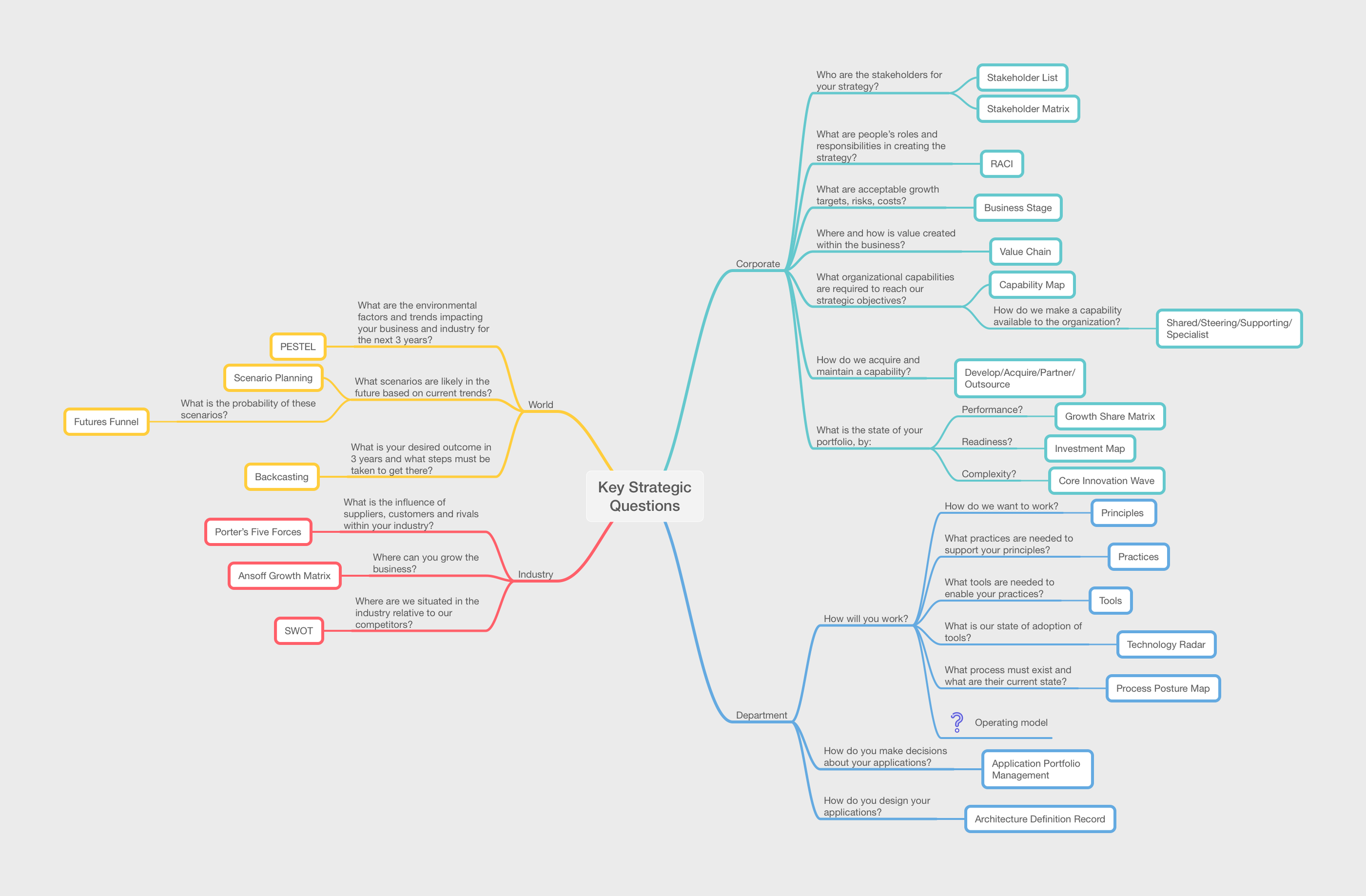Best Practices of Organizational Design, Part 4 - Implementation
Implementation is the creation of new teams, changing scope of existing teams, hiring new people and skills, and establishing new practices. Implementation is operations.
The plans you develop will answers practical questions from your people like: How do we change to a new way of working from our existing one? How and when do people change teams? When do I learn about new tools? When are we "done"?
Remote work: picking the right tradeoffs for your organization
Remote has become a loaded word in our work environments. Almost everyone has a different idea of what "Remote Work" means. That's because like many things in life, going remote isn't a black and white decision. Instead, I find it more useful to think of remote being on a spectrum from "fully on-site" to being "fully remote".

Designing teams and distributed systems with DDD
Writing software using using the real-world names of the actors and processes has an even more profound effect on the architecture that is created. Closely related concepts can be grouped together into domains which teams can focus without fear of tripping over others. Services developed by these teams will have purposes that more closely mirror the actual tasks that users perform. This Ubiquitous Language isn't just used by engineers, but by all stakeholders. Product managers, marketers, business analysts, et al. will better understand the not only the function of the services that your teams deliver, but their value as well.
Is it good that the EU is regulating phone chargers?
On the latest episode of ATP, they discussed the EU ruling to enforce USB-C across mobile phones. I like the push to get to a single cable, but this is a pretty big step regulation-wise to say the least. I think there are some solid criticisms of the new law.

Best Practices of Organizational Design, Part 3 - Communication
Redesigning and organization is a complex challenge.
You can’t plan for everything and not all aspects will be within your control. But you can learn best practices to help us both avoid common pitfalls and mitigate issues as they come up. In this post, I’ll share some of my strategies for communicating your Organizational Design across these areas:
Best Practices of Organizational Design, Part 2 - A Design Outline
I suggest tackling the areas of Organizational Design in this order:
Strategy
Architecture
Structure & Processes
People & Incentives
Best Practices of Organization Design, Part 1
As an engineering leader, people are your most important job. Without your engineers, your technical writers, your product managers, and everyone else on your teams working together, there is no product. There is no service. There is no business.

What are the key questions to answer in your Technical Strategy?
Technology Strategy Patterns, a Review
Ask 10 people what is in a Technical Strategy and you will get 12 different answers.
Each strategy development process I have contributed to has been different. Sometimes we used a framework like Playing to Win. Sometimes we used templates developed in house. Other times, we used tools and visualizations that a staff member brought from another organization.
Two things have been fairly consistent across my experiences…